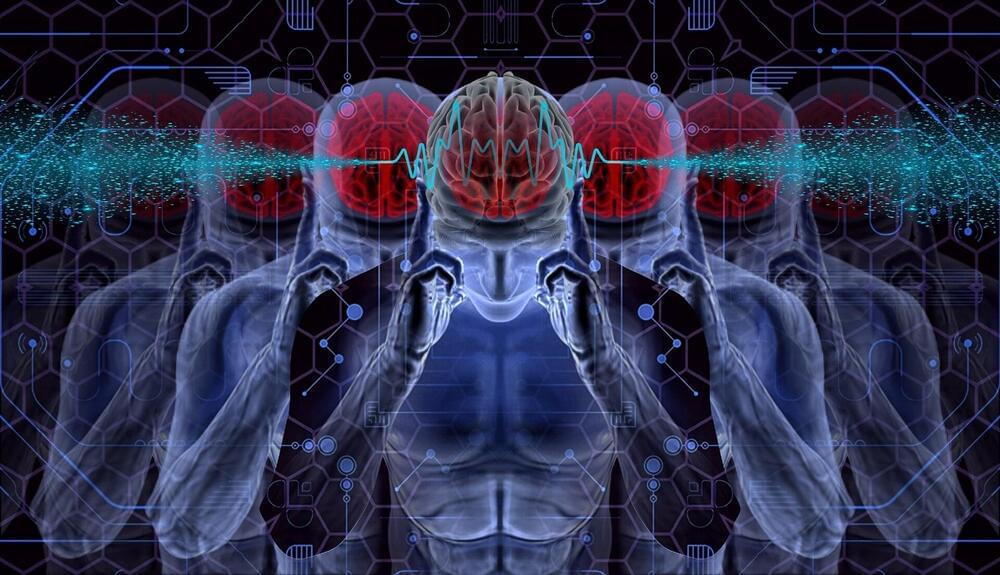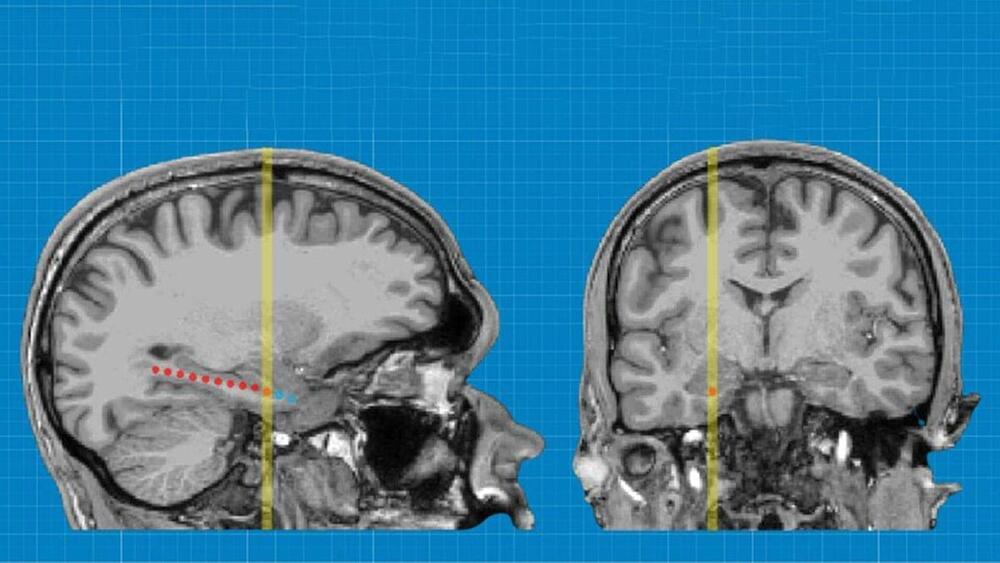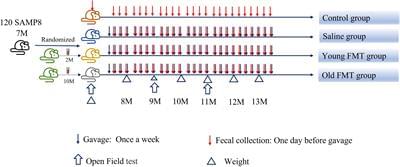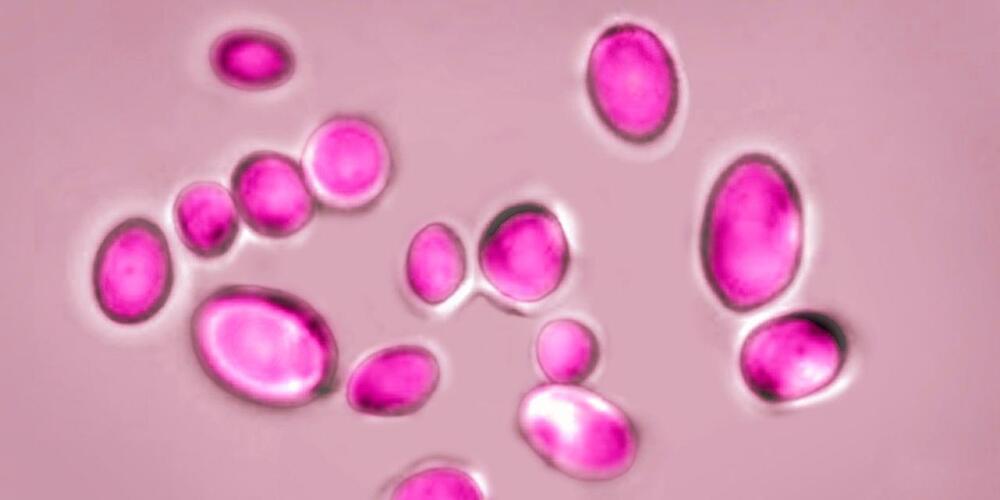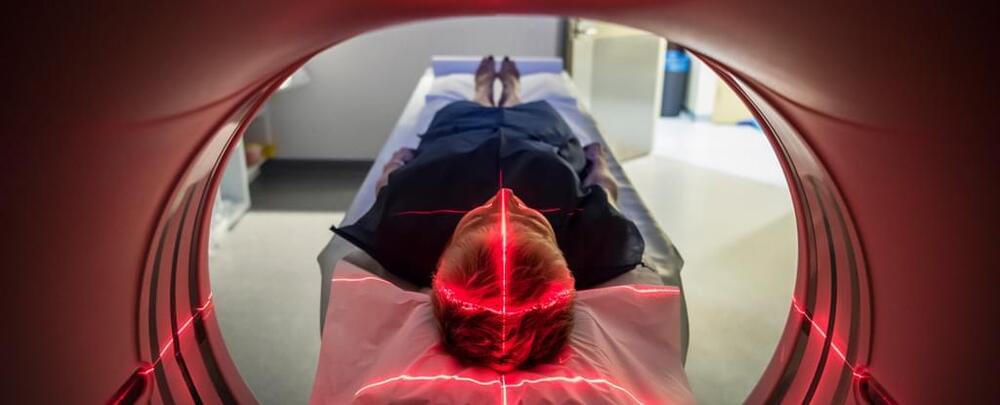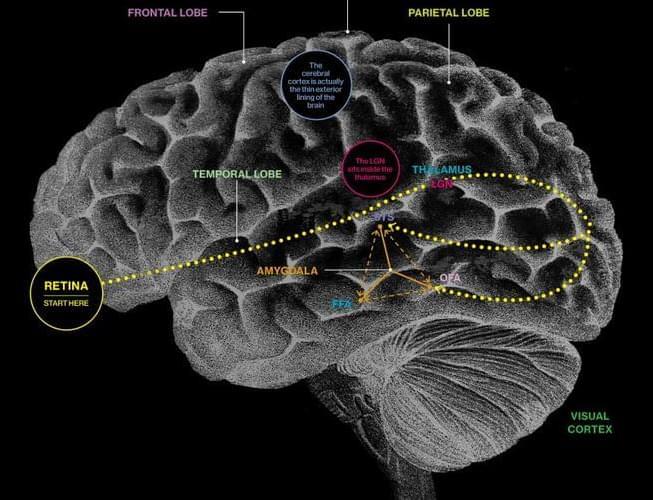Turtles, unlike humans, do not continue to age once their bodies reach adulthood because they are “negligibly senescent.” It is theoretically possible for them to live indefinitely, although it is unlikely to happen in actuality. They will eventually die of injury, predation, or sickness. It has been documented that tortoises and their cousins, turtles, can live for up to two hundred years without showing any signs of aging. A turtle that is a hundred years old can experience the same feelings of youth as a tortoise that is thirty years old. This enviable trait may be found in both fish and amphibians. The idea of aging terrifies humans, and it is understandable why. Nobody wants to age slowly and painfully into a state of ill health and old age where death appears preferable to life. However, not everyone thinks this way. There are others who desire to live longer, perhaps even indefinitely. And while a life without aging might sound like something that could only be found in the pages of a fantasy story, research in the field of science suggests that this possibility is very much within our reach.
In today’s video we look at Live until 200 YRS OLD!! Scientific cures for “The Aging Disease!” ~ Healthicity…Keep watching to see aging, the ageing, the healthy aging, is an aging expert, is aging slower, and reverse aging, fighting aging, how to fight aging, anti aging, aging wired, wired aging, aging matters, aging questions, how to stop aging, science of aging, ageing research, anti aging, aging tech support, slow aging, aging women, what is aging, allure aging, aging beauty, active aging, disrupt aging, aging support, aging science, decoding aging, future of aging, aging with grace.
Subscribe for Mental Health, Brain Health, and Psychology. Inspired by body hub, bestie, and BRIGHT SIDE
Inspired by the science of slowing down aging | WIRED
Inspired by Is Aging Reversible? A Scientific Look with David Sinclair | David Sinclair | TEDxBoston.
